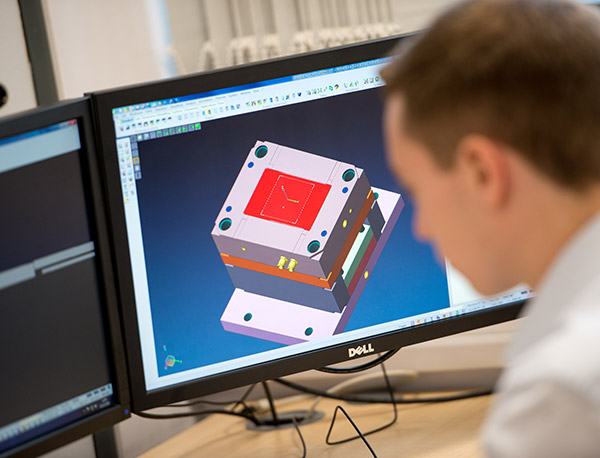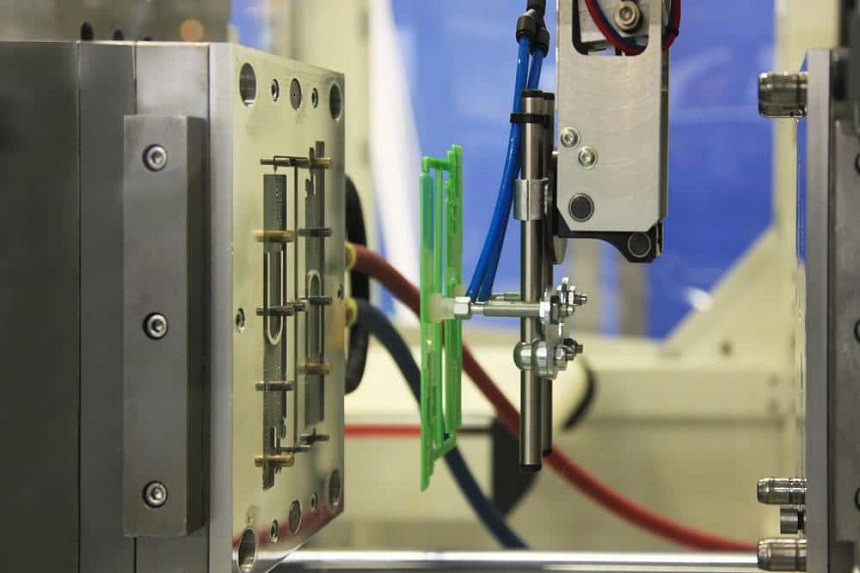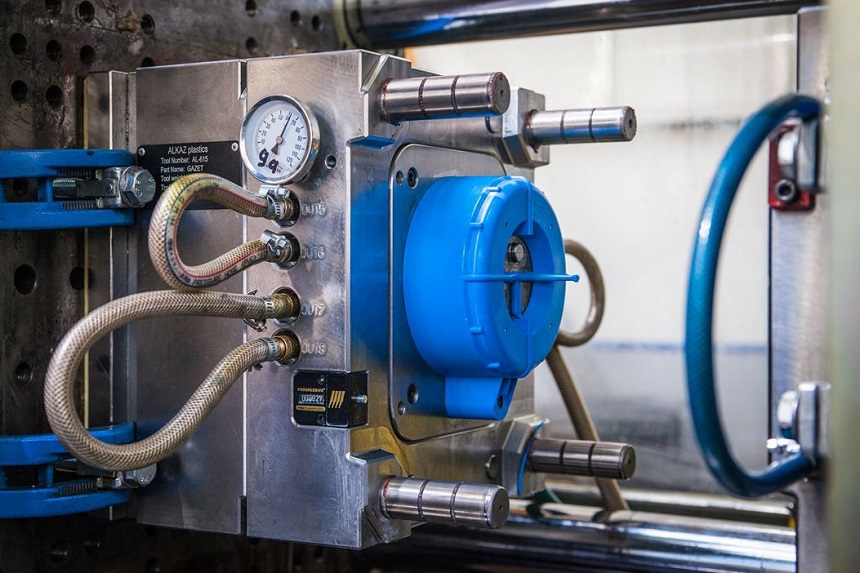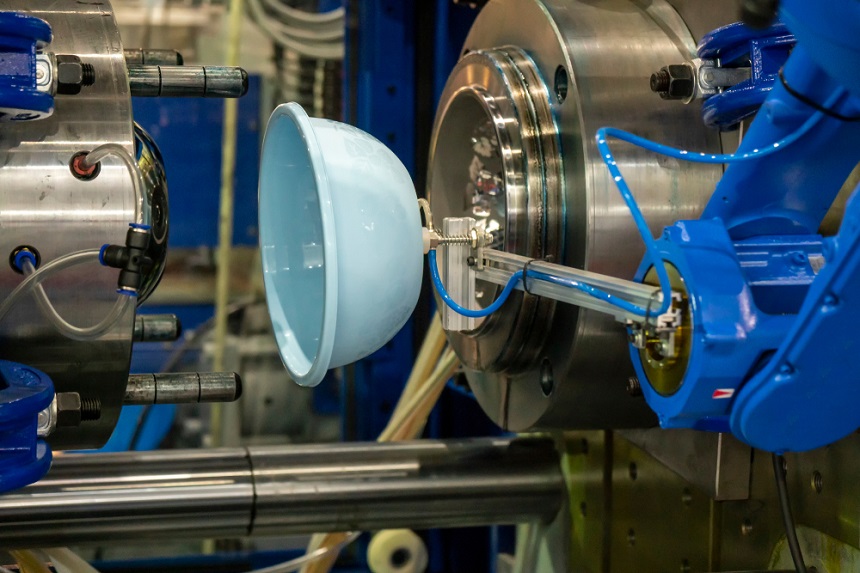The Ultimate Guide to Injection Mold Gate Design

Injection mold gates are openings that enable liquid plastic to be injected into the mold. To determine the type of gate to use as well as the ideal location, it’s important to consider the type of product being manufactured. The gate’s size carries equal importance as it affects the quality of the finished part.
Here, our plastic injection molding manufacturer offers a comprehensive guide to injection mold gate design:
Design considerations for injection mold gate
While designing products for plastic injection molding, you should consider some important factors. These factors are critical and can affect not just the process, but the end product as well:
Number of injection mold gates
Sometimes, you may need to use multiple gates in the molding process. By using more than one gate, you can mitigate issues that may arise due to the gate’s location or size. In addition, multiple gates attend to thin areas in the mold cavity.
Location of injection mold gate
This is another important factor to consider. Place the gates in the deepest cross-section when you’re considering the gate location. This doesn’t just help your product steer clear of voids and sinking, but also helps to offer the best plastic flow. Don’t place the gate near cores, pins, or any other obstructions.
In addition, gates must be closest to the thick-walled areas for complete packing. In addition, the gate should be on a mold where the runner’s distortion won’t affect it. In addition, it shouldn’t affect the aesthetics of the users.
You should use gates in a way that reduces their size. This way, you’ll be helping the gate deal with thin areas or edges within the cavity that may act as bottlenecks for the plastic resin.
Size of injection mold gate
Whenever the mold cycles inside the machine, the gate size should allow proper shearing.
Ideally, gate dimensions must be designed in a way that they keep the smallest possible runner and allow the mold to fill correctly. The gate should also allow the molten plastic resin to get to every part of the mold before it hardens.
With a small gate design, your part will give off a pleasant appearance. However, the increased pressure of filling may cause stress. This is why the size of the gate should be adequate for the process — neither too large nor too small.

Benefits and drawbacks of different injection mold gate types
Gates come in different designs, types, and sizes — no gate is perfect, and each has its own benefits and drawbacks. Understanding the different types of gates is important so you can choose the most appropriate design for your injection molding process. Following are some of the most common types of gates:
Fan gates
Alternative to edge gates, these types of gates come with fans that maintain thickness consistently.
However, the fans spread out, increasing its volume over a huge area. It’s recommended to use these fans with polycarbonate plastics.
Pros
- Reduces injection pressure used on a given volume of plastic
- A great choice for increasing plastic flow volumes in parts with thin edges
Cons
- These gates may leave marks on the part, which may increase post-processing costs
Submarine gates
Also referred to as sub-gates or tunnel gates, this injection mold gate design directs plastics to the edge of the cavity beneath the parting line.
It, therefore, ensures that the gate trimming occurs automatically. To shear off the runner, it makes use of a pin, simplifying gate removal and reducing scars. It’s perfect for high cavitation molds and small parts.

Pros
- Either reduces scars or moves them to a less visible area
- Pushes leftover vent gasses out of the mold
- Trims or removes the gate automatically
Cons
- Can be expensive and time-consuming
- More complex to manufacture
Edge gates
They’re popular gates in injection mold design. Their excessive use is because of their simplicity and effectiveness in the process. The edge of the mold is where the edge gate is present.
When compared to other gates, they have bigger cross-sectional areas. Thus, they allow more molten plastic to flow into the cavity. They’re excessively used in manufacturing flat parts.
Pros
- Has a bigger cross-sectional area for more plastic flow
- Enlargement is possible without you needing to remove the mold from the operating machine
- Designing and manufacturing don’t incur a lot of costs
- Effective and easy to use
Cons
- High injection pressures make the degradation of plastic possible
- Weld lines and witness marks may occur with edge gate
Sprue/direct gates
This gate is minimally trimmed and helps produce a type of symmetrical filling of molds. It works well on cylindrical parts.
Pros
- Low maintenance costs
- Manufacturers parts with high strength and low stress
- Achieves concentricity, which helps produce round, cylindrical parts
- Allows rapid injection of large plastic volumes
- Easy to design and use for manufacturing
Cons
- The gate has to be removed manually
- A significant mark may appear at the point of contact
Importance of injection mold gate design
Gates directly influence the process of plastic injection molding. If designed well, a gate impeccably controls the volume and direction of the molten plastic that runs into the mold. The molten plastic shouldn’t flow back into the runners.
Before cooling, the plastic must reach all areas of the mold. This practice is important to prevent certain parts of the product from hardening too early. Thus, you ensure your plastic product doesn’t end with stress fractures or breaks. The gates keep it there until it cools down by closing the entire system.

The injection mold gate uses dissipation to generate heat. Often, the gate vestige for injection molding is quite narrow. As a result, it leads to viscous dissipation, producing a lot of heat. Thus, to ensure flow marks and weld lines don’t form, the right gate design raises the temperature of the polymer.
With gates, engineers are able to cut off runners effectively, simplifying post-processing treatments of the parts.
Looking for someone that knows how to design injection mold gates as effectively as described in this blog? Don’t look further than PTMS!
PTMS can be your go-to plastic injection molding company for the best plastic injection molding service
PTMS is one of the leading injection molding manufacturers in China. Being an ISO9001-2008 certified company since 2002, PTMS offers a one-stop service for plastic injection molding mass production.
With skilled employees and sophisticated injection machines, PTMS fully understands how to control the cost in an acceptable range and make its products affordable for its clients.
Give us a call now for more information about our services!
